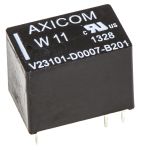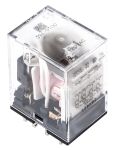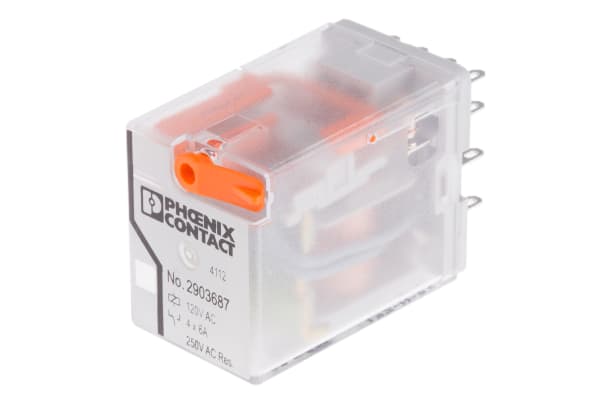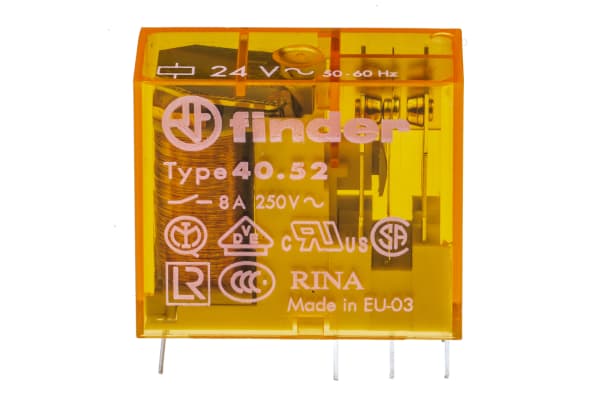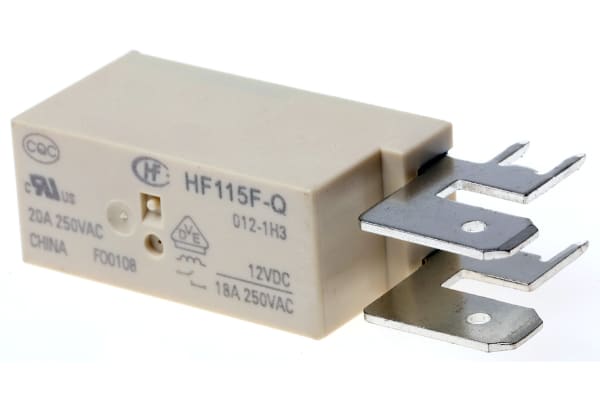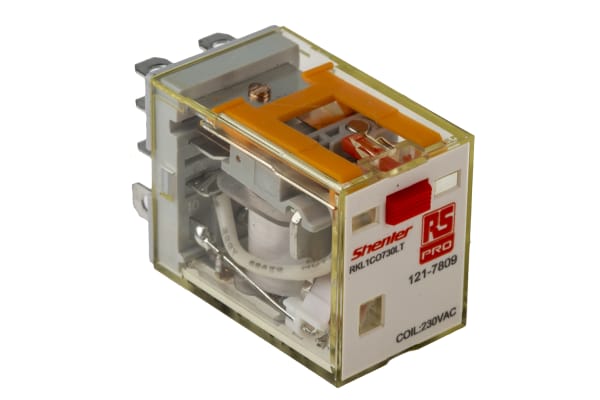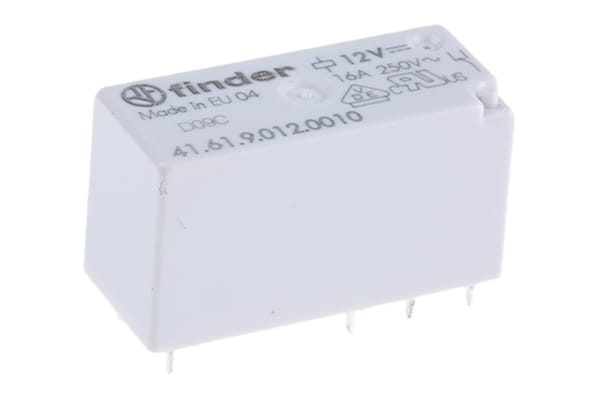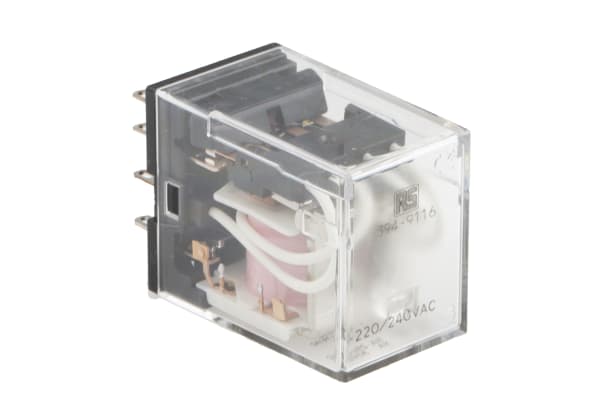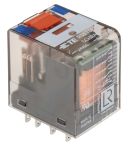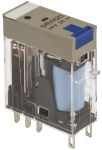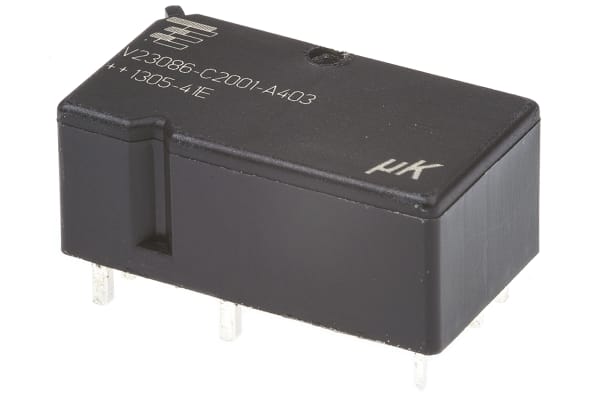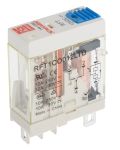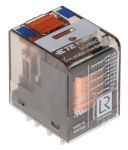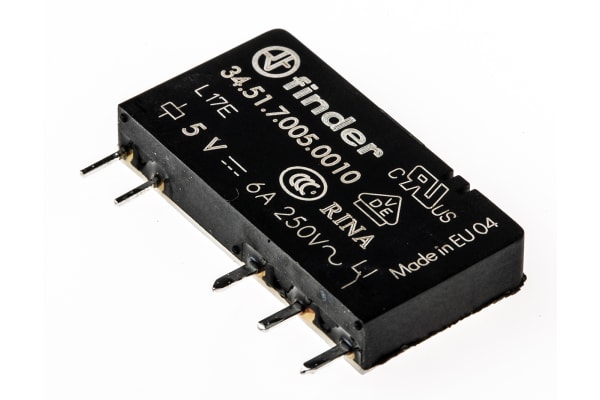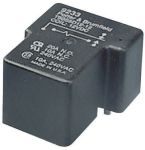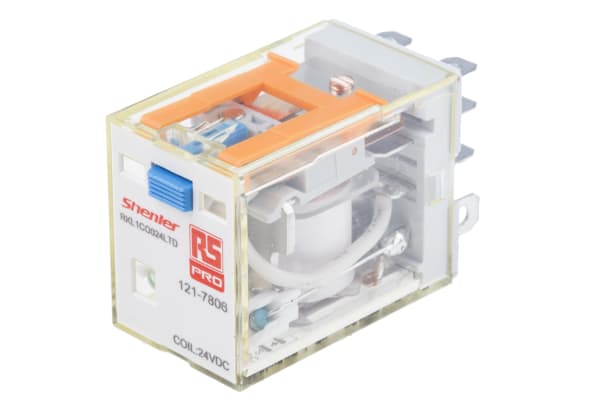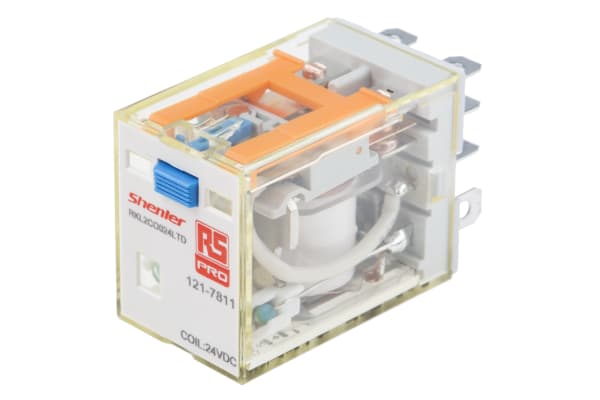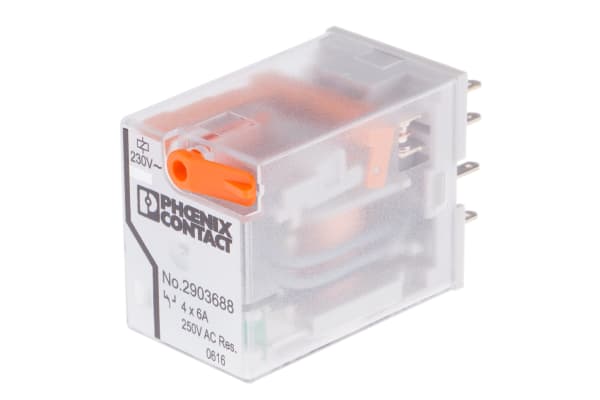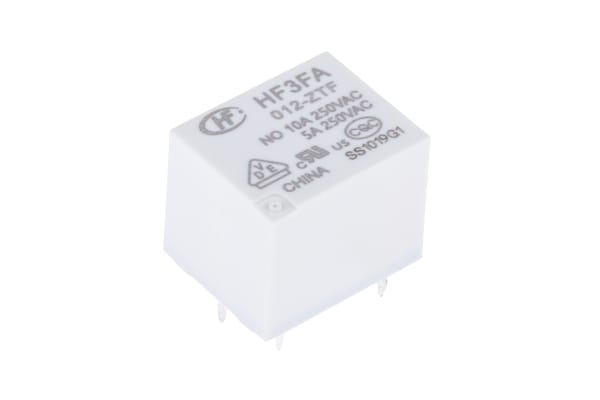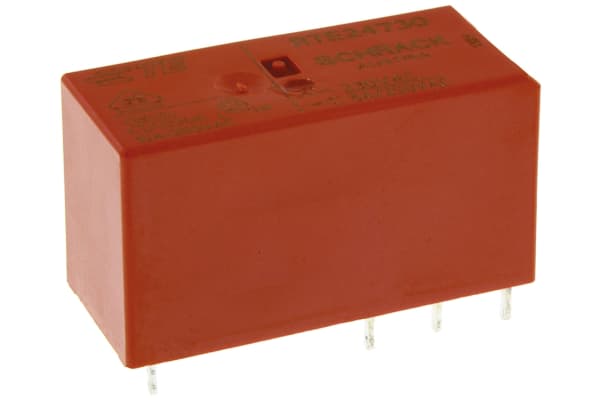Non-Latching Relays
Relays are electrical switches that are operated by electrical impulses with the primary function to open and close a circuit, they can also be referred to as industrial switches. There are 2 main types available, latching and non–latching relays.How do non-latching relays work?Non-latching relays are in a normally closed (NC) position and will stay in this state without power. When power passes through the circuit, the relay switched to a normally open (NO) position by using an internal coil to generate a magnetic force, holding this NO position. Once the current is turned off, it returns to the NC position. This makes non-latching relays well suited to push-button applications like keyboards and micro-controller input buttons.What are non-latching relays used for?Non-latching relays are highly durable and versatile components, making their performance long lasting and suitable for use in a wide range of applications, such as:Automotive enginesHousehold appliancesIndustrial machineryMedical equipmentTelecommunications equipmentWhat is the difference between latching and non-latching relays?Both types of relays in similar in design and function, however, a significant difference between them is that a latching relay will remain in the last position it when it was last powered, whereas a non-latching goes back to its normal position. This makes each more type of relay suitable for different applications. Considerations when selecting a relayWhen choosing a relay, it is important to consider a number of specifications to ensure it is fit for purpose, some factors include:Coil voltage – the required voltage to actuate the switching mechanism. If a voltage is too high this could damage the components, if it is too low then it will not actuate. Contact configuration – This is the state the contacts are in without power. For example SPST, single pole single throw.Contact material – the relay contacts are available in many materials that have certain properties. Common materials are gold, silver, tin oxide and nickel Coil power – the amount of power (watts) the coil operates at. This must match the power in the circuit for correct function. Coil resistance – the amount of resistance (ohms) in the circuit that the coil creates.
-
TE Connectivity, 24V dc Coil Non-Latching Relay SPDT, 1A Switching Current PCB Mount Single Pole, V23101D7B201
IDR151,670.94 -
RS PRO, 120V ac Coil Non-Latching Relay 4PDT, 5A Switching Current Plug In, 4 Pole
IDR109,924.72 -
Omron, 24V dc Coil Non-Latching Relay DPDT, 10A Switching Current Plug In, 2 Pole, MY2IN 24DC (S)
IDR155,761.65 -
Phoenix Contact, 120V ac Coil Non-Latching Relay 4PDT, 6A Switching Current PCB Mount, 4 Pole, 2903687
IDR110,449.17 -
Phoenix Contact, 12V dc Coil Non-Latching Relay SPDT, 16A Switching Current PCB Mount Single Pole, 2961309
IDR109,400.27 -
Finder, 24V ac Coil Non-Latching Relay DPDT, 8A Switching Current PCB Mount, 2 Pole, 40.52.8.024.0000
IDR135,098.32 -
RS PRO, 12V dc Coil Non-Latching Relay SPNO, 20A Switching Current PCB Mount Single Pole
IDR118,315.92 -
RS PRO, 240V ac Coil Non-Latching Relay SPDT, 16A Switching Current Plug In Single Pole
IDR113,176.31 -
Finder, 12V dc Coil Non-Latching Relay SPDT, 16A Switching Current PCB Mount Single Pole, 41.61.9.012.0010
IDR114,854.55 -
RS PRO, 240V ac Coil Non-Latching Relay 4PDT, 5A Switching Current Plug In, 4 Pole
IDR100,274.84 -
Relpol, 24V dc Coil Non-Latching Relay 4PDT, 6A Switching Current Plug In, 4 Pole, R4N-2014-23-1024-WTL
IDR136,881.45 -
TE Connectivity, 24V dc Coil Non-Latching Relay 4PDT, 6A Switching Current PCB Mount, 4 Pole, PT570L24 6-1415001-1
IDR128,804.92 -
-23.80%
Omron, 24V dc Coil Non-Latching Relay DPDT, 5A Switching Current Plug In, 2 Pole, G2R-2-SNI 24DC(S)
IDR172,229.38IDR130,797.83 -
TE Connectivity, 12V dc Coil Non-Latching Relay SPDT, 6A Switching Current PCB Mount Single Pole, V23092A1012A301
IDR136,147.22 -
TE Connectivity, 12V dc Coil Automotive Relay DPDT, 25A Switching Current PCB Mount, 2 Pole, V23086C2001A403 1413009-9
IDR153,349.18 -
RS PRO, 12V dc Coil Non-Latching Relay SPDT, 12A Switching Current Plug In Single Pole
IDR143,279.74 -
TE Connectivity, 24V dc Coil Non-Latching Relay 4PDT, 6A Switching Current Plug In, 4 Pole, PT570024 1-1393154-2
IDR164,152.85 -
Finder, 5V dc Coil Non-Latching Relay SPDT, 6A Switching Current PCB Mount Single Pole, 34.51.7.005.0010
IDR132,161.40 -
TE Connectivity, 24V dc Coil Non-Latching Relay SPDT, 30A Switching Current PCB Mount Single Pole,
IDR120,308.83 -
RS PRO, 24V dc Coil Non-Latching Relay SPDT, 16A Switching Current Plug In Single Pole
IDR166,040.87 -
RS PRO, 24V dc Coil Non-Latching Relay DPDT, 10A Switching Current Plug In, 2 Pole
IDR156,286.10 -
Phoenix Contact, 230V ac Coil Non-Latching Relay 4PDT, 6A Switching Current PCB Mount, 4 Pole, 2903688
IDR127,860.91 -
Hongfa Europe GMBH, 12V dc Coil Non-Latching Relay SPDT, 10A Switching Current PCB Mount Single Pole, HF3FA/012-ZTF
IDR125,868.00Pack (1 Pack of 5) -
TE Connectivity, 230V ac Coil Non-Latching Relay DPDT, 8A Switching Current PCB Mount, 2 Pole, RTE24730
IDR111,393.18



